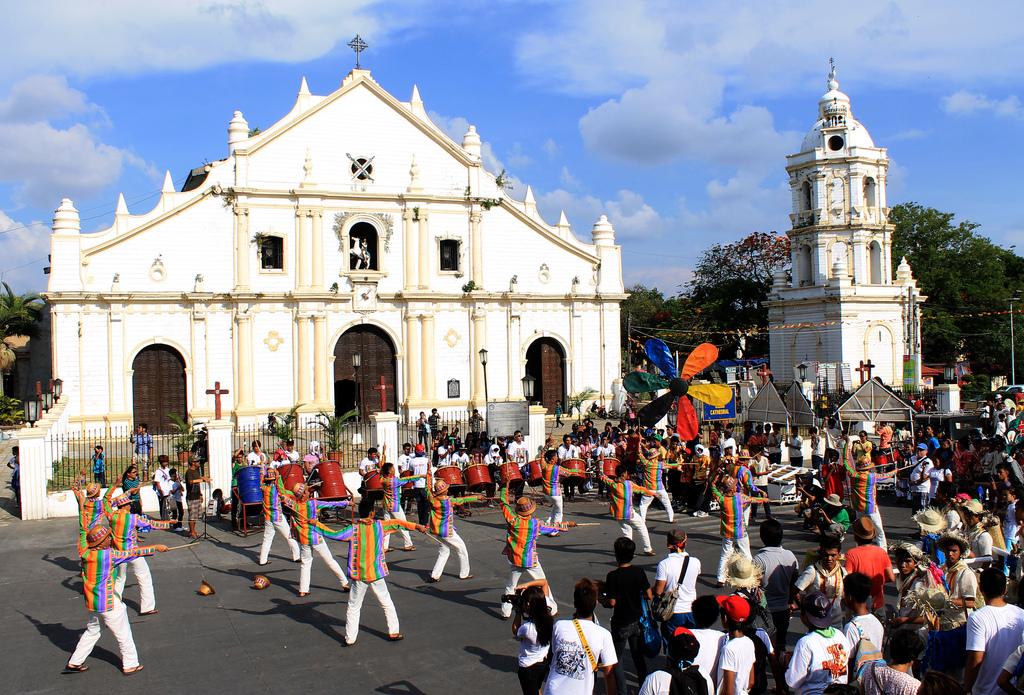According
to Damaso King, a well-known Vigan historian, the "Binatbatan Festival of
the Arts: A tapestry of culture and arts woven by a miracle" is celebrated
from the final week of April to the first week of May and was originally the
Feast of the Natives that began on May 3, 1883.
Vigan, popularly called the "Heritage City," erupts into a blaze of color during the Binatbatan Festival, bringing throngs of local and foreign visitors to its streets lined with historic homes. Binatbatan Festival is more than just a festival, with participants dressed in abel Iloko, a woven fabric native to the Ilocos Region. It highlights Vigan's rich culture and traditional industry.
The
Iloco phrase “batbatin” refers to the process of removing cotton balls from the
seeds of the native fruit tree kapas sanglay. The cotton balls are then spun and
used to weave the abel, which was among the local products supplied during the
galleon trade from the 15th to the 18th centuries by Chinese merchants based in
Ciudad Fernandina, the old Vigan. It's no surprise that abel goods were on
display at the festival. Mayor Eva Singson-Medina of Vigan is all for promoting
them. She stated that they want to revive traditional Iluko hand weaving and
produce not only abel cloth but also items made from it.
As
we all know, the pandemic has caused numerous alterations to the Binatbatan
festival's celebration. Due to specific health precautions we are following, we
are unable to attend the festival. We need to stop the infection from
spreading. But this year, I'm delighted we're able to celebrate it with a big
smile on our faces. Because the number of Covid 19 cases was gradually
decreasing. And it's because of this. This year, there will be street fights
and night music. We are able to watch the street dancing competitions wherein
Binatbatan Festival street dancers wave their "batbat," some
imitating the way used by abel-weavers in separating cottons as they gracefully
conduct the process artistically to the beat of drums and lyres rolling along
the historic streets of Vigan's heritage city. Binatbatan Street Dancers also
have a basket behind them in which they place the cotton pods harvested from
the kapas sanglay tree. The fruits of the Kapas sanglay tree dry up along the
tree's branches before falling off once the fruit cracks open, exposing the
seed-filled cottons inside.
That
concludes the discussion. Have you seen them yet? Have you witnessed the
Binatbatan Festival celebrations? If you answered yes, I am pleased that you
had the opportunity to do so.



Comments
Post a Comment